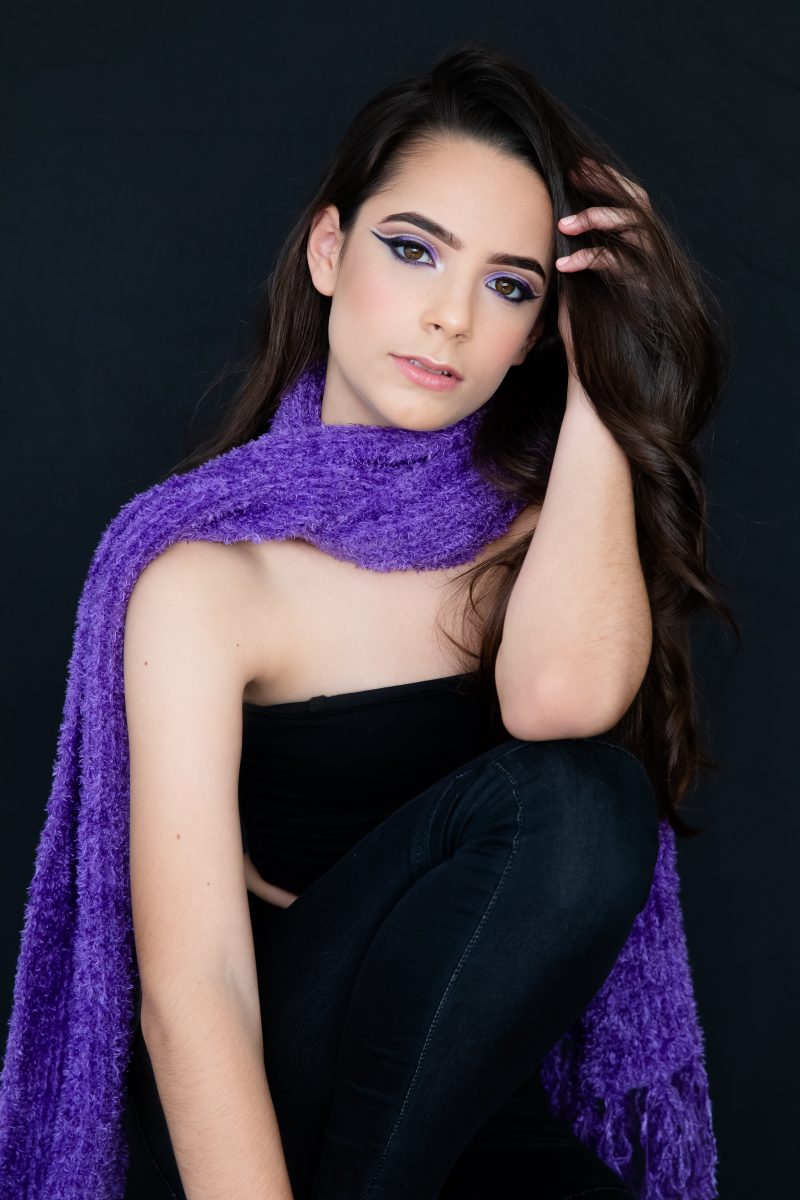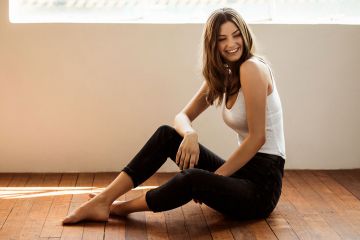How to Master Product Photography
What we're talking about
Product photography, or ecommerce photography as it's occasionally understood, is essentially what it sounds like: images taken and also used on sites as well as social media systems to help drive sales of your services or product. Provided the rise of buying online, the choice of items and also brands available to consumers in any type of given classification can be substantial-- indicating the photos that show what you're offering and also why it deserves buying are a basic element for any kind of service selling online.

Why it's important
There's even more to product photography than showing potential clients what your product looks like. Well-considered photos can place your product in context, aiding a customer see just how it could fit into their own life. In fact, researchers found that vivid as well as thorough images of a product enhances a consumer's emotional sense of possession of that product. Photography can also aid boost your brand name, reinforcing what you stand for as well as what you're everything about. Every one of these things enhance the probability of inspiring a purchase.
Taking pictures that provide context as well as build your brand name does not always require a lot of elegant tools or a professional photographer-- though those 2 things can assist. You simply need to analyze your objectives when it involves photography and also invest a long time as well as power right into bringing those ideas to life.
Things to keep in mind
Various kinds of pictures serve different functions. One photo does not fit all. For Go to this site simply one product you might require several photos: standard product shots on a white history to make use of on markets; branded product shots to utilize by yourself internet site or social channels; way of life shots that reveal the product being used or in an aspirational setting; detail shots that capture key elements or functions you intend to highlight; as well as behind-the-scenes images that catch the process behind the product.
Concentrate on your illumination. Illumination, not the camera, is what will certainly make or damage an image. If you don't have a lot of fancy gear, you're going to want to collaborate with natural lights, so find a spot near a large window to shoot and also wait until the brightest time of day. Diffused lighting (aka soft and also) is the objective, and also to prevent extra-bright places or super-dark darkness you can use white foam board from your local art shop to show light onto your product.
Consistency is vital. To make sure all your products are connected with your brand name, make sure the way you picture them is fairly constant. All your product images ought to be shot from the very same angle and range, and all way of living shots ought to have a comparable tone and also colour scheme. Think of what you intend to achieve right here, and also once you manage it, attempt to ensure various other photos you take in the future look comparable.
You don't require a professional to take professional shots. Sure, a fancy DSLR electronic camera and skilled eye will certainly make getting attractive product pictures less complicated, however you can still get to a great location doing it on your own with a little interest to information and some standard equipment. Make use of the most effective electronic camera you have convenient (this may be on a smart device, which is entirely fine), a tripod to keep points stable, some standard poster board or huge sheets of paper to make use of as backdrops and white foam board to diffuse as well as you'll be a in a good beginning setting to get some fantastic shots.
Just how to fire images of your product


3. Set the scene. Perfect your established on shoot day. Choose a time of day when you have access to all-natural light and established your location ( possibly a table near a huge window) with background papers and props as needed. You can utilize Blu Tack or tape to keep things ready-- take time to make certain the set up benefits your pictures.
4. Take and also take back pictures. Time to fire! It will probably take several tries to get the shot precisely right, so do not be afraid to take numerous images of the same setup at the very same angle. Ensure to quit and inspect to see what the images look like and also focus on the details. Is the lights even or are any kind of key features covered by shadows or highlights? Are there any diversions within your structure that might not be able to be modified or chopped out later on? Make sure you record all the shots you provided out when preparing your photoshoot.
5. Make edits and selections. Experience all the photos you took and also pick one or two pictures of each type for each and every product that function the very best. Limit the ones you intend on utilizing to showcase your product online, after that make edits to help all the pictures look constant. Once more, no pro abilities necessary-- fundamental software on your phone or computer system can aid chop out disruptive elements and also readjust points like comparison and exposure to help ensure the product is shown clearly.
6. Optimise pictures for the internet. Prior to using your pictures online, make certain they are sized correctly-- both in regards to facet ratio (the percentages of the images) and Homepage also resolution (how many pixels produce the image) for the platform you're posting on. Various social media sites systems or site designs frequently use various dimensions and specs (check out this useful rip off sheet). You'll require to make sure the photo is of good-enough high quality so it isn't fuzzy, but has a small adequate data dimension to make it fill quickly. Finally, make sure pictures are named descriptively, so search engines can bring them up when people look for products like the ones pictured in your images.
Trick takeaways
• You'll want a few various styles of pictures for every of your products-- there are likely to be several purposes you'll require your photography to meet.
• You can DIY terrific product images with some standard package: a tripod, a good smartphone as well as some basic paper histories as well as props.• Lights is vital-- capturing near a home window at a bright time of day can make a large distinction.